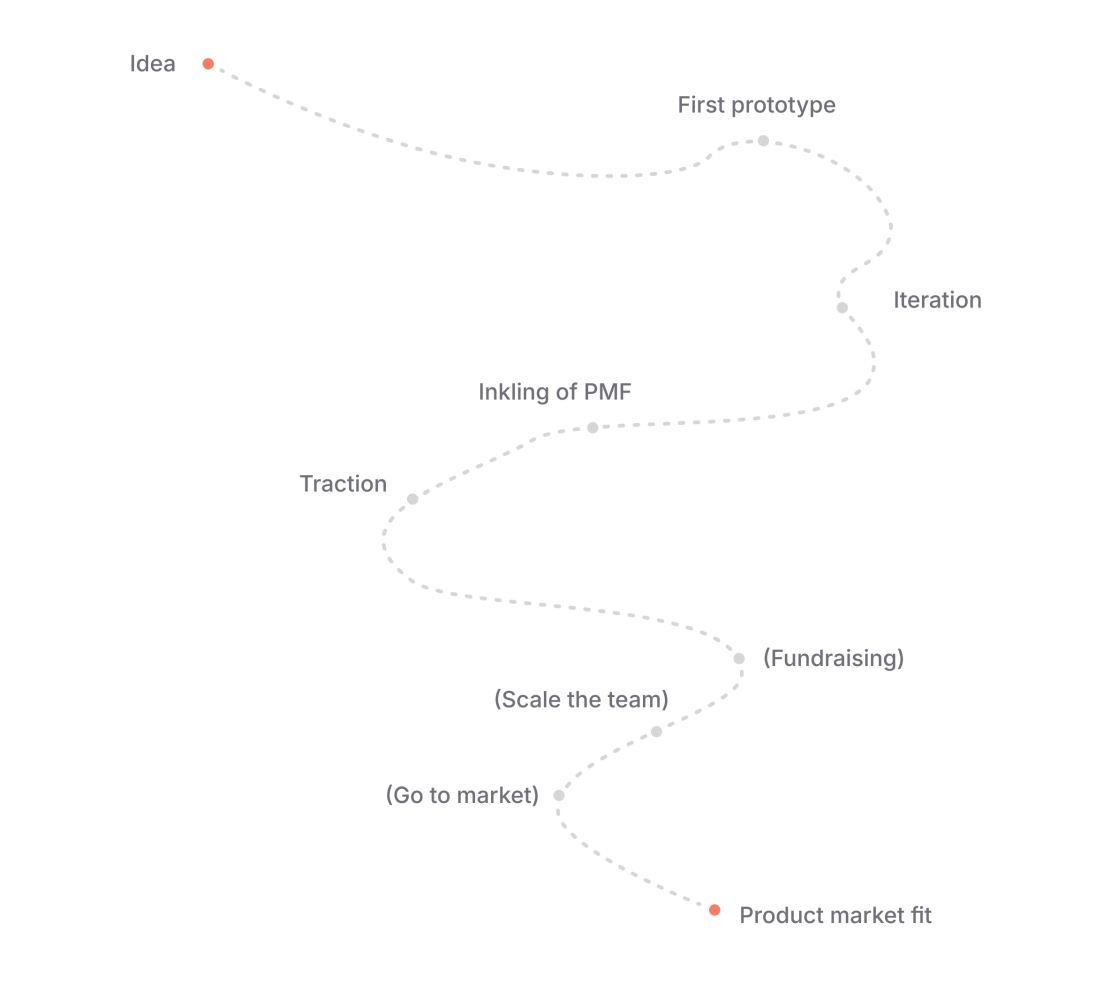A modern way of building products
I really enjoyed reading Tuomas Artman blog post “Rethinking the startup MVP: Building a competitive product” where he talks about the contrast between what Eric Reis’ meant when he wrote “The Lean Startup” back in 2011, and what most of product people work on now.
Given that nowadays is rare that product managers work in an entire new product category or market, where the idea of “collecting the maximum amount of validated learning about customers with the least effort” was the main driver behind the MVP concept , is really important to discover and validate the just enough amount of features to build that will solve your users problems.
But more importantly doing it in a way that adds better value, and creates a strong pull for them to switch away from an existing solution for their job or problem.
As Tuomas says: “The role of the MVP journey is to demonstrate your idea has potential in the market”.

I’ve seen the MVP term been used and abused in different contexts, and I’m sure if I ask different stakeholders at any given company (or even product people) I’d get different answers about what does a MVP truly means.
While I do believe that at the early stages of a new product, you will primarily be chasing product market fit, these days that isn’t enough. Your value proposition should be strong and innovative enough to justify the switch for a user. As the original article says, doing the bare minimum isn’t going to set you apart these days.
Perhaps that’s why we see some social network products that were born in the last few years rapidly lose traction and ultimately shut down.
Humans are averse to change by nature, breaking habits is hard, and some network effects are very strong. So if you really want to set yourself apart, especially if your product isn’t fulfilling an unsatisfied job, you need to bring in a significant improvement to pull your potential user away from their existing solution.
Obviously there’s also the risk of “taking too long” to go to market. Products can always be improved and refined.
Then it seems that the scientific part of the product building process goes hand in hand with the art of building products people love.
The article offers a good recap, but if I were to do mine I’d probably say it all comes down to:
- Narrow down. Focus on a handful of jobs, for one or two user segments
- Create momentum and build a community of future users
- Validate demand, and if you are solving problems for real users
I guarantee you that you will always find more problems to solve by launching more features, marketing the same solution to multiple segments or even launching in many countries at once.
But bloating your value proposition at the start, not testing demand or being quick enough to put your creation in the hands of users will definitely decrease your chances of succeeding.
If you, as me, are also not super sold on the use of the MVP term these days, you can also take a look at Jason Cohen’s SLC or Laurence McCahill’s Minimum Lovable Product which offer another view on the same topic.
In the end, small steps (and pivoting where it makes sense) towards a clear vision still remains one of the best ways of creating products and solutions people love.